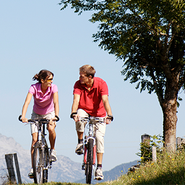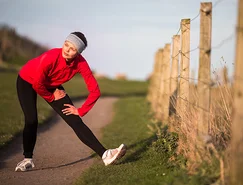How can we protect our joints?
Joints are the hinges of our bodies, which require regular exercise to remain healthy. They ensure that we can bend and stretch our rigid skeleton at the right places using our tendons and ligaments. That’s why it’s vital to know how we can protect them.
Everyday strain pushes the liquid out of the cartilage, the shock absorbers of our joints. In subsequent resting phases, the cartilage fills up with fluid again, just like a squeezed sponge, and can continue to support our joints. However, important nutrients can only be transported to our joints through sufficient exercise. Only this will keep the cartilage flexible. Metaphorically speaking, exercise keeps our hinges lubricated.
Our joints are predominantly strained by excessive weight. Even while simply walking, the musculoskeletal system has to withstand six times the strain of every individual kilo of our body weight. With regular, gentle exercise, we not only improve our fitness, but the resulting weight loss also helps to keep our joints healthy and supple by reducing weight-related strain. At the same time, muscles and tendons are strengthened which, in turn, can help to improve the stabilisation of our joints. Additionally, we can prevent excessive strain on our joints by using orthopaedic supports.



